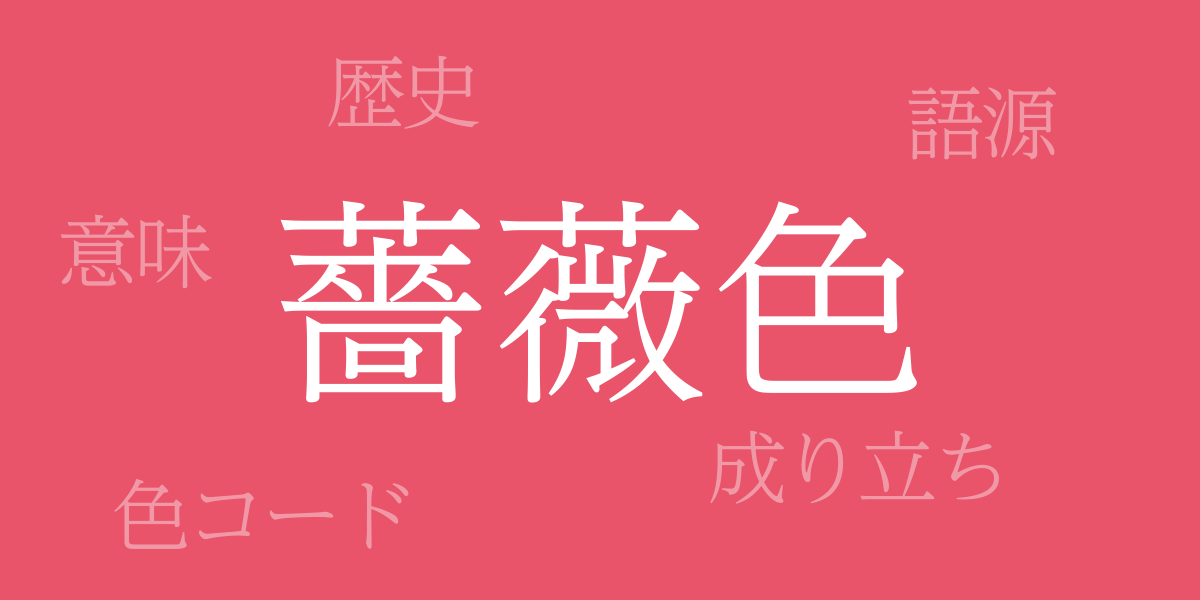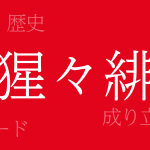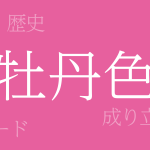Among the rich palette of colors that define Japan’s four seasons, ‘Barairo (ばらいろ)’, or rose pink, particularly captivates the heart. This color has a long history as a traditional Japanese color and continues to enchant in modern times without fading. This article explores the profound allure of Barairo, its history, and its applications in design and fashion.
About Barairo (ばらいろ)
Barairo (ばらいろ) refers to a delicate and graceful pink, one of Japan’s traditional colors. The name is inspired by the petals of natural roses. Soft and elegant, Barairo is beloved in a wide range of applications, including clothing, accessories, and interiors.
The History of Barairo
Barairo has been used since the Heian period and has deep roots in the Japanese way of life. It often appeared in the attire of the nobility and in literary works, symbolizing Japan’s traditional sense of color and being passed down through the ages.
Color Codes for Barairo
To accurately reproduce Barairo in digital and web design, knowing the specific color codes is crucial. Here are the codes:
- HEX: #E9546B
- RGB: R:233 G:84 B:107
- CMYK: C:9 M:81 Y:44 K:0
Western Names for Barairo
In English, Barairo is often referred to as “Rose Pink” or “Rose Color.” This shade is also beloved in the West, particularly favored in spring fashion and wedding scenes.
Summary on Barairo
With its beauty and historical significance, Barairo holds a special place as a traditional Japanese color. In contemporary design and fashion, Barairo is valued for adding softness and elegance, continuing to captivate many. Incorporating this color can add depth and allure to any creation or attire.

























